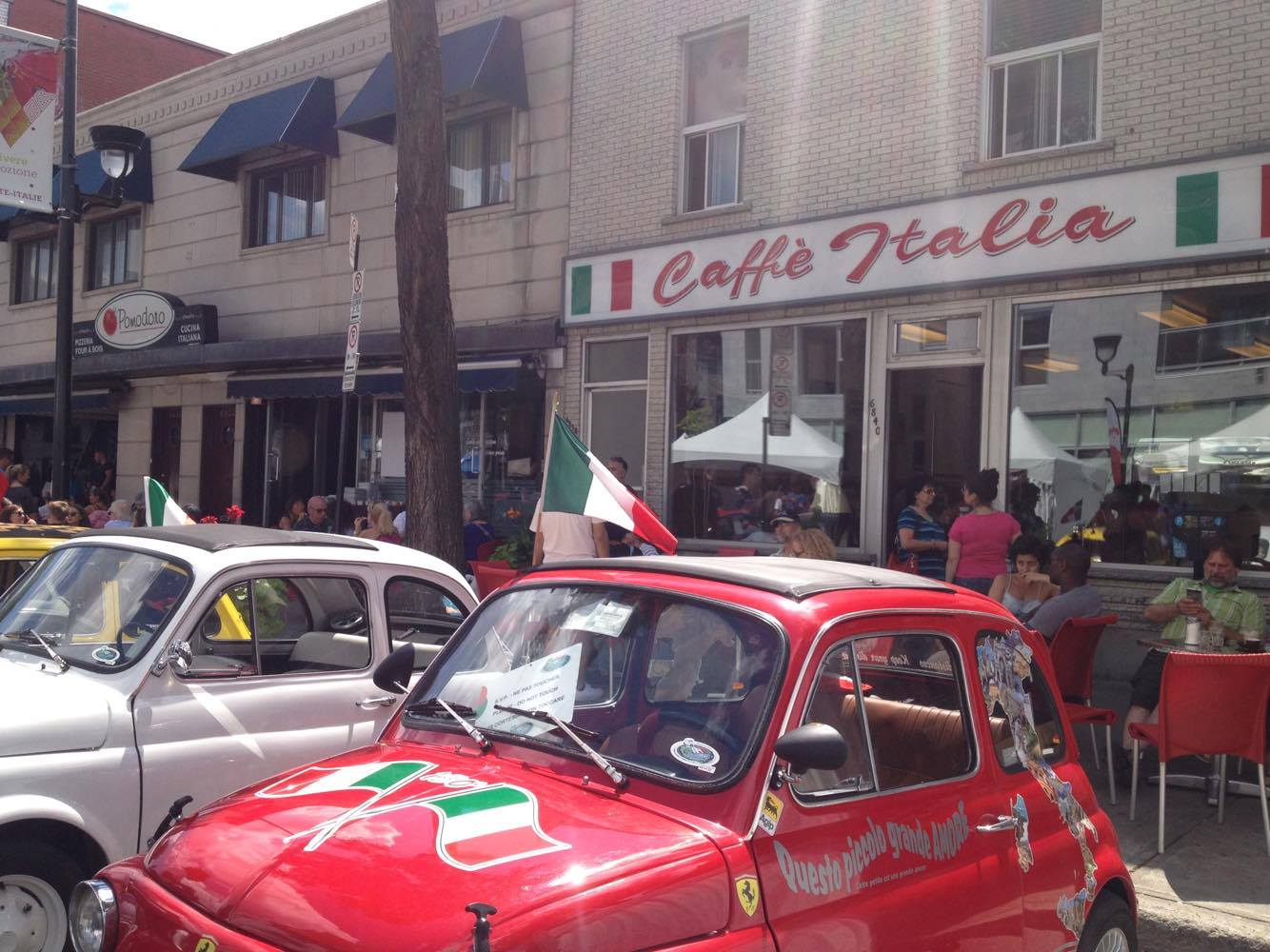From Aug. 4 to 13, Montreal’s Little Italy bustled with a variety of Italian cultural activities as the city celebrated the annual Italian Week. Along Saint-Laurent Boulevard, stretching from Rue Saint Zotique to Rue Jean-Talon East, the streets were dotted with stands from local eateries, many of which were giving out free samples and recipe tips.
Food is well-known to be an important part of Italian culture. Italian cuisine is internationally favoured for its simplicity while simultaneously being indulgent. Pasta and bread, for example, are two staples of the Italian cuisine, and are both easy-to-make comfort foods. Yet, many Italian recipes, especially those made from scratch, require a painstaking amount of work.
Arguably, Italy also has one of the oldest examples of a respect for food culture, with Marcus Apicius’s Roman cookbook, The Art of Cooking, dating back to the first century A.D. Italian food has only continued to diversify; individual regions of Italy have unique culinary methods, and there is heated debate over technique, like whether to include eggs when making pasta, or whether to use butter or olive oil when cooking. This is part of the beauty of Italian cooking, where the exact steps do not matter so much as the fresh ingredients, taste, and lively discussions that come with every meal.
Most Italians would say that their ‘nonna’—the Italian word for grandmother—makes the best food. Matteo Agostinelli, a recent Concordia graduate, felt as much when he collaborated with his close friend to make his double best-seller cookbook, From Nonna With Love. He was selling autographed copies of his cookbook during Italian Week and was preparing to travel to Toronto after it was nominated for a prestigious cooking award, Taste Canada. Inspired by his own grandmother’s cooking, Agostinelli emphasized that the heart of his work comes from his bond with his family, something he feels other Italians can relate to.
“When it comes to the Italian community, everything happens around the dinner table,” Agostinelli said. “Arguments, positive things, nice family experiences, all of my memories are related to a certain dish or something we’d prepare for a particular holiday [.…] It’s also because we’re generally large families that stay in contact, whether we’re forced to or not, but it still happens and it always happens over a plate of food.”
One of the most significant plates in Italian cuisine is the cannoli. Cannolo—plural for cannoli—are fried pastries with cylindrical shells of dough that have a sweet filling—often made from ricotta or custard—and include additions such as chocolate chips or cherries. They make for light, tasty snacks, and the skills of Italian bakers are often judged based on their ability to craft this traditional treat. The origins of cannolo can be traced back to the Arab occupation of Italy’s region of Sicily.
During Italian Week, the cannoli was the center of attention dessert-wise. The festival concluded with a cannoli-making competition in which seven Montreal-based bakeries submitted their cannolo. After tasting and deliberating, the four judges—including the famous puppet, Nonna Maria—eventually agreed that Patisserie Saint Martin makes the best cannoli in town. They felt that it had the perfect texture and taste.
“Every aspect and ingredient of our cannoli come from a homemade recipe,” A Patisserie Saint Martin representative wrote to The McGill Tribune. “From the ingredients in the shell to the fluff of our ricotta cream, our cannoli are 100% homemade. This recipe, apart from its freshness and homemade process, has a deep Sicilian background, which surely adds to its overall splendour. The true secret to an amazing cannolo is that it must be fresh of the day, otherwise the texture and consequently the taste, will be compromised.”
To learn how to make cannoli yourself, visit The McGill Tribune’s demonstration here.









